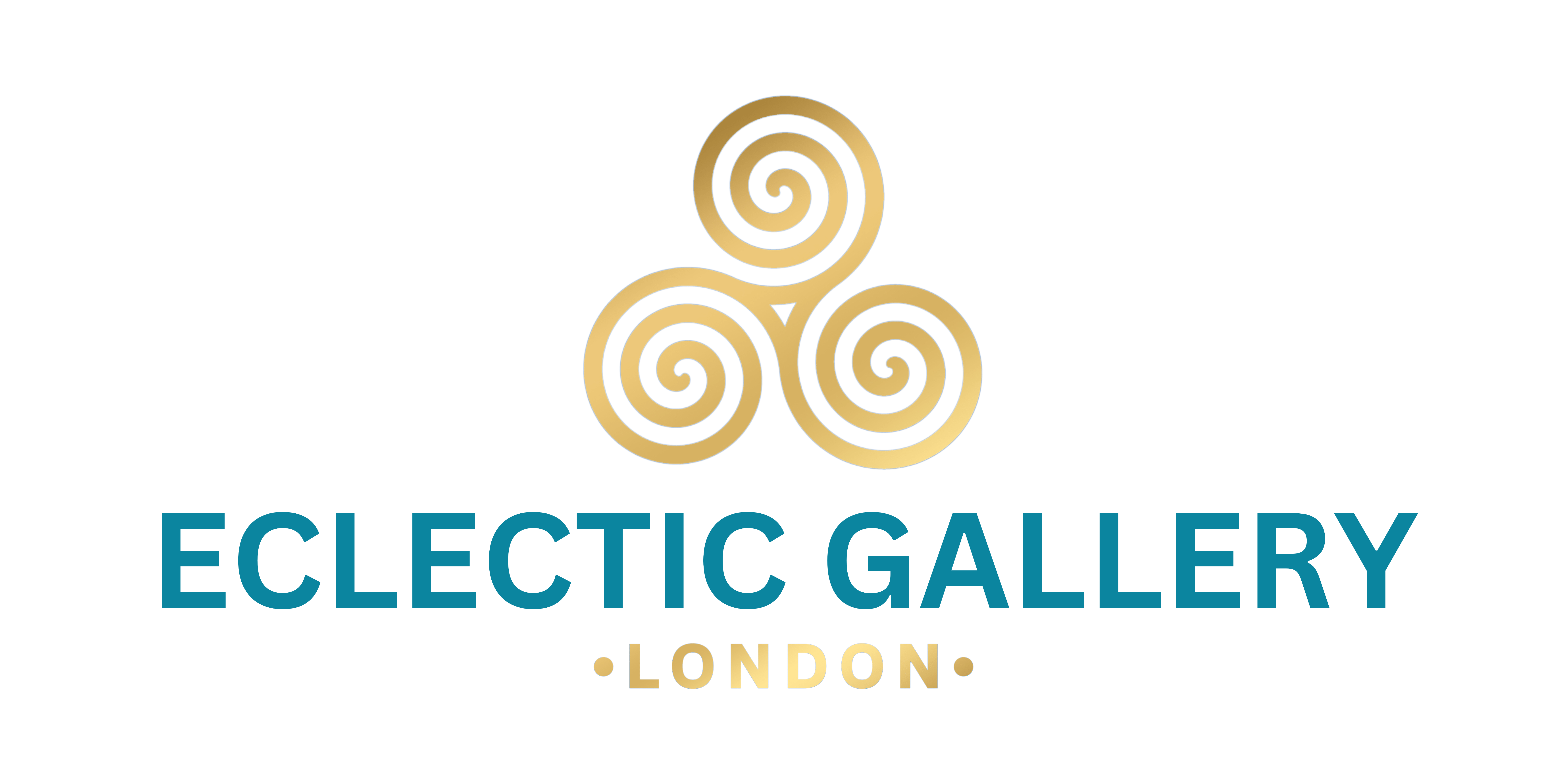The Power of Color: Exploring Color Theory in Art
Unveiling its Effects and Significance With Salva Ginard's Masterpiece
Color theory stands as a fundamental principle in the world of art, a guiding force that influences how artists compose their works. This theory revolves around the strategic use of colors to convey emotions, evoke reactions, and create harmonious visual experiences. From the vivid hues of a sunset to the subtle tones of a portrait, the effects of color are profound and far-reaching.
Artists harness color theory as a toolkit to convey messages and guide the viewer's perception. Through the skillful manipulation of color, artists evoke specific emotions and set the mood of their creations. Whether it's the bold reds that ignite passion or the tranquil blues that induce calm, color plays a pivotal role in shaping the viewer's experience.
Color theory's importance lies not only in aesthetics but also in its psychological impact. Colors can stimulate memory, prompt associations, and even affect physiological responses. This interplay between the visual and emotional aspects of color transforms an artwork into a multisensory journey.
Three primary color theories serve as the cornerstones of artistic expression: the color wheel, color harmony, and color psychology. The color wheel organizes hues into a coherent spectrum, while color harmony explores combinations that please the eye. Color psychology delves into the psychological and emotional impact of colors, guiding artists to elicit specific responses from their audiences.
Artists, undoubtedly, employ color theory to enhance their creations. The mastery of colors isn't limited to choice alone but extends to techniques like color mixing, shading, and contrast. By understanding how colors interact, artists can infuse their works with depth, dimension, and visual interest.
Salva Ginard, a notable artist represented by Eclectic Gallery, is a prime example of color's transformative power. His works display a masterful handling of color, where vibrant hues interplay to convey a spectrum of emotions. Ginard's art style captures attention through the striking harmony and contrast of colors, amplifying the impact of his visual narratives. He's one among several artists at the gallery who leverage color to elevate their artistry.
In summary, color theory is an artistic language that transcends mere aesthetics. Its impact on emotion, perception, and storytelling underscores its essential role in the art world. From the enchanting strokes of Salva Ginard to the broader canvas of artistic creation, the effects and significance of color continue to shape our understanding and appreciation of art.
August 23, 2023





